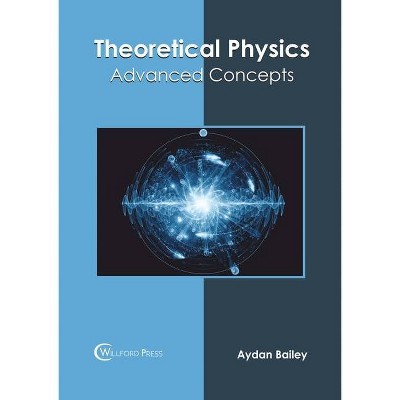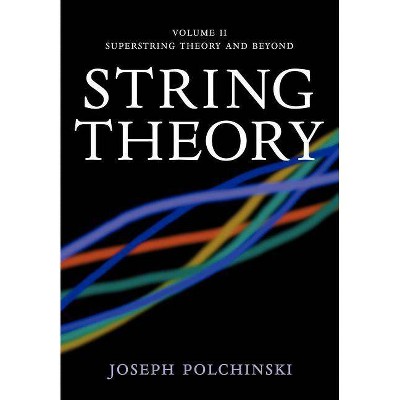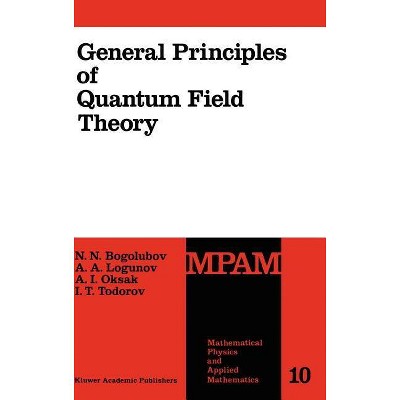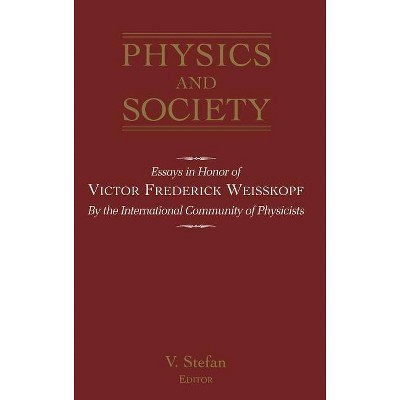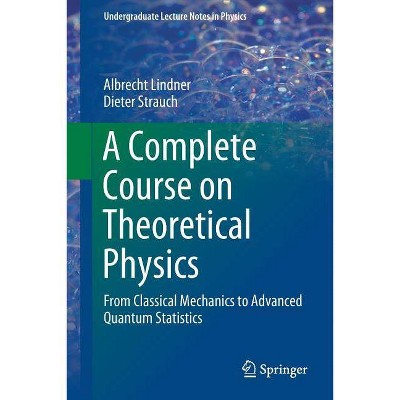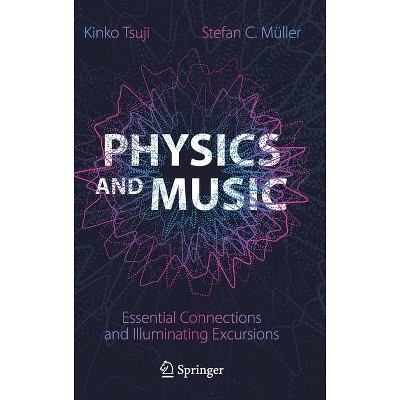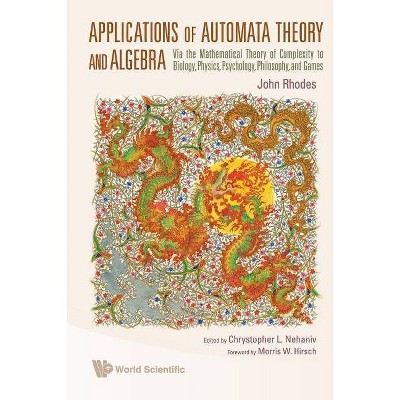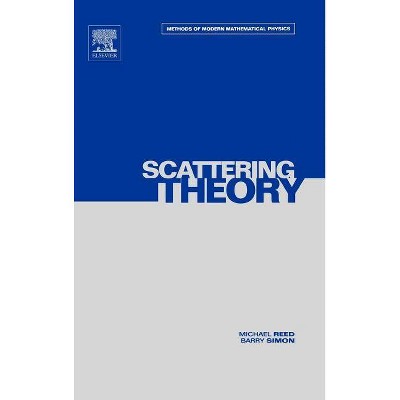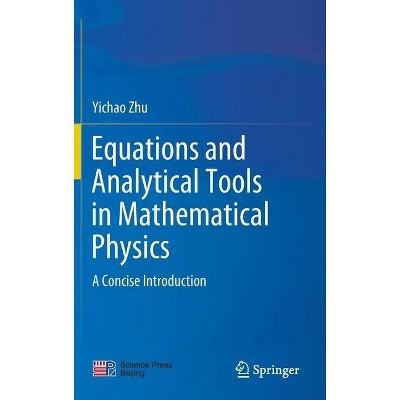Basic Concepts of String Theory - (Theoretical and Mathematical Physics) by Ralph Blumenhagen & Dieter Lüst & Stefan Theisen (Hardcover)
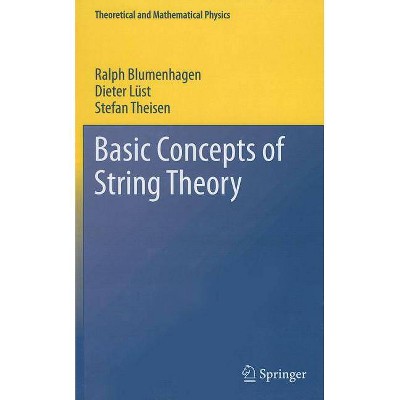
Similar Products
Products of same category from the store
AllProduct info
<p/><br></br><p><b> About the Book </b></p></br></br><p>This thorough volume is the perfect foundation for intermediate-level research in string theory. Its pedagogic and self-contained structure raises is a step up from results compendia and features more advanced topics including conformal field theory.</p><p/><br></br><p><b> Book Synopsis </b></p></br></br>The Classical Bosonic String.- The Quantized Bosonic String.- Introduction to Conformal Field Theory.- Parametrization Ghosts and BRST Quantization.- String Perturbation Theory and One-Loop Amplitudes.- The Classical Fermionic String.- The Quantized Fermionic String.- Superstrings.- Toroidal Compactifications - 10-Dimensional Heterotic String.- Conformal Field Theory II: Lattices and Kac-Moody Algebras.- Conformal Field Theory III: Superconformal Field Theory.- Covariant Vertex Operators, BRST and Covariant Lattices.- String Compactifications.- CFTs for Type II and Heterotic String Vacua.- String Scattering Amplitudes and Low Energy Effective Field Theory.- Compactifications of the Type II Superstring With D-branes and Fluxes.- String Dualities and M-theory.<p/><br></br><p><b> From the Back Cover </b></p></br></br><p>The purpose of this book is to thoroughly prepare the reader for research in string theory. It is intended as a textbook in the sense that, starting from the basics, the material is presented in a pedagogical and self-contained fashion. The emphasis is on the world-sheet perspective of closed strings and of open strings ending on D-branes, where two-dimensional conformal field theory is the main tool. Compactifications of string theory, with and without fluxes, and string dualities are also discussed from the space-time point of view, i.e. in geometric language. End-of-chapter references have been added to guide the reader intending to pursue further studies or to start research in the topics covered by this book.</p><p/><br></br><p><b> Review Quotes </b></p></br></br><br><p>"This is an excellent book on strings with a discussion of confocal and nonconformal strings. ... This book is primarily for advanced students with applications to advanced and intermediate studies." (Joseph J. Grenier, Amazon.com, September, 2015)</p><p>"The book emphasizes techniques of two-dimensional conformal field theory as the basis for perturbative string theory. ... the book is a welcome (re-)addition to the growing collection of textbooks on string theory, and one that likely will be consulted whenever future generations return to the foundations of the subject. It is totally suited for a course in string theory straddling the undergraduate and graduate level. The occasional mathematician with a physics inclination will also find the book accessible." (Johannes Walcher, Mathematical Reviews, January, 2014)</p><p>"This book is amazing! The author presents the string theory in a very pedagogical way. ... The book contains a lot of examples and problems and it is a easy reading. ... I recommend this book for instructors and students interested in understand the basic principles of string theory. This book will be very useful as a additional reading for more advanced courses in string theory too! Have fun!" (Philosophy, Religion and Science Book Reviews, bookinspections.wordpress.com, December, 2013)</p>"This new textbook features an introduction to string theory, a fundamental line of research in theoretical physics during recent decades. ... It encompasses a range of essential and advanced topics, aiming at mid - to high-level students and researchers who really want to get into the subject and/or would like to look up some facts. ... perfect guide for someone with some moderate prior exposure to field and string theory, who likes to get into the principles and technical details of string model construction." (Wolfgang Lerche, CERN Courier, May, 2013)<br><p/><br></br><p><b> About the Author </b></p></br></br>Stefan Theisen is also LNP series editor for many years <br>Ralph Blumenhagen has already published an LNP
Price History
Price Archive shows prices from various stores, lets you see history and find the cheapest. There is no actual sale on the website. For all support, inquiry and suggestion messagescommunication@pricearchive.us
